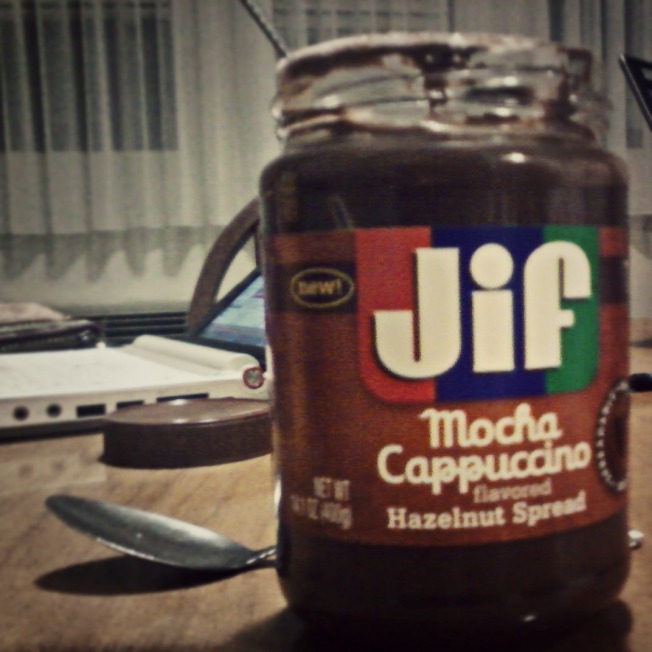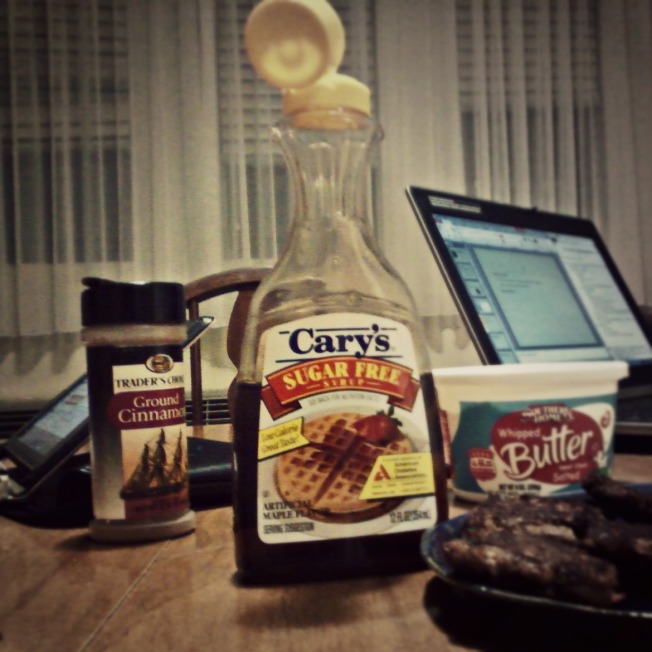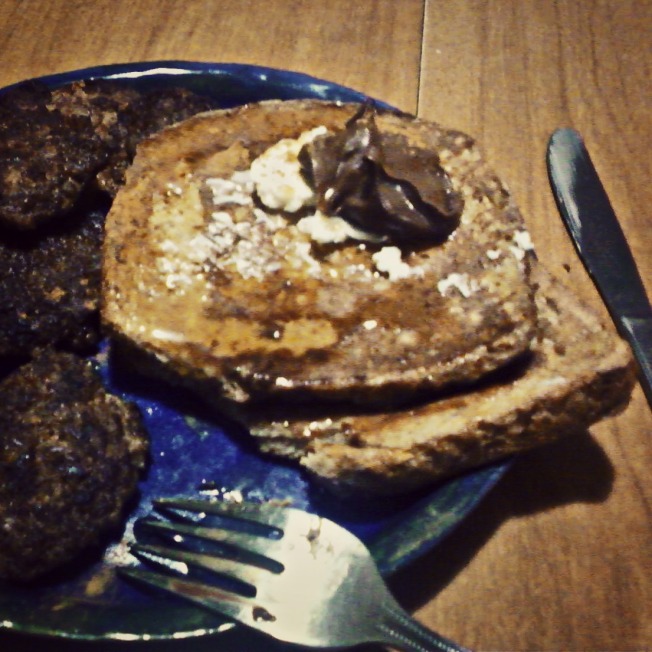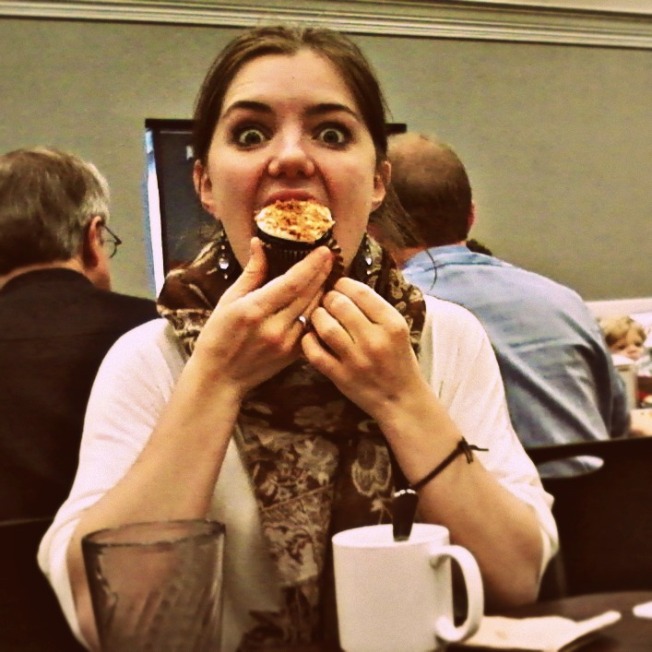I have a notebook I keep on the shelf by my bed. I’m not sure what to call it: it’s not a diary, really, or a writer’s journal. I rarely write anything in it. I rarely flip through this notebook either. I value the process of writing it in more than the product.
A few weeks ago, however, I decided, for no particular reason, to browse through it.
As I did, I came across something that I wrote while studying a passage in Matthew 9. I was taking a class on exceptional learners at the time, and as I studied various disabilities and other conditions I wondered how I should approach disability as a Christian. I began reading through the gospels looking for Jesus’ response to people with disabilities. In Matthew 9, a bunch of friends carry a paralyzed man to Jesus for healing. According to parallel accounts, they take a lot of trouble to get this man to Jesus in the first place. And Jesus’ first words to this man are “Take courage, child; your sins are forgiven.”
Here is what I wrote:
“Jesus makes it clear that our primary problem isn’t illness or disability; it’s sin. . . .God is not less good to the person who He chooses to live with a [health] condition than He is to me because He has offered salvation to both of us.”
I wrote this entry last October. One year ago, before I had any shadow of suspicion that I might have a chronic health condition myself, I decided that God’s goodness to me was not dependent on my good health. That God could take it away and not be one ounce less good to me.
And one year later, I can still say that it’s true. God is no less good to me now than He was a year ago, pancreas or no pancreas.





